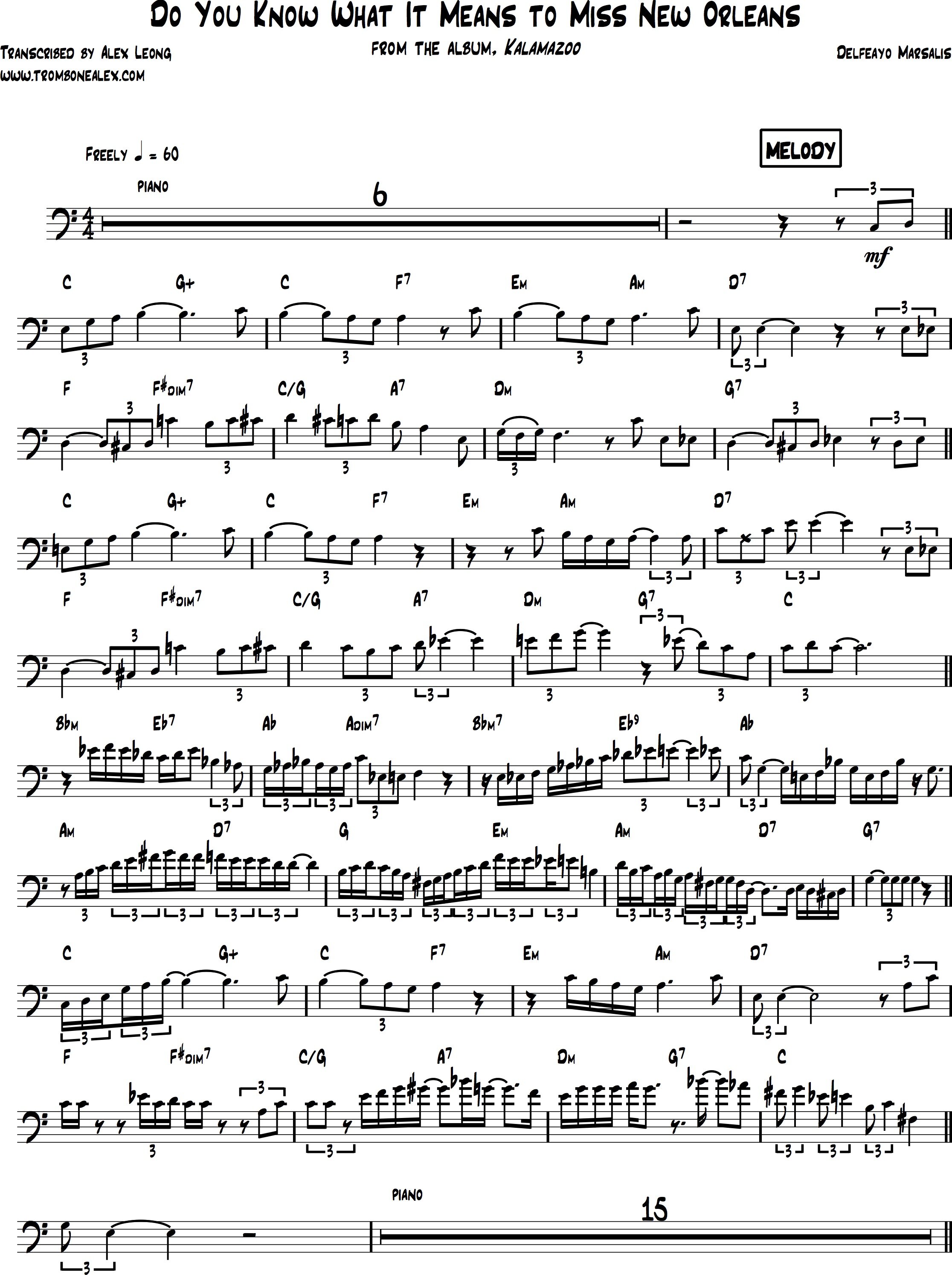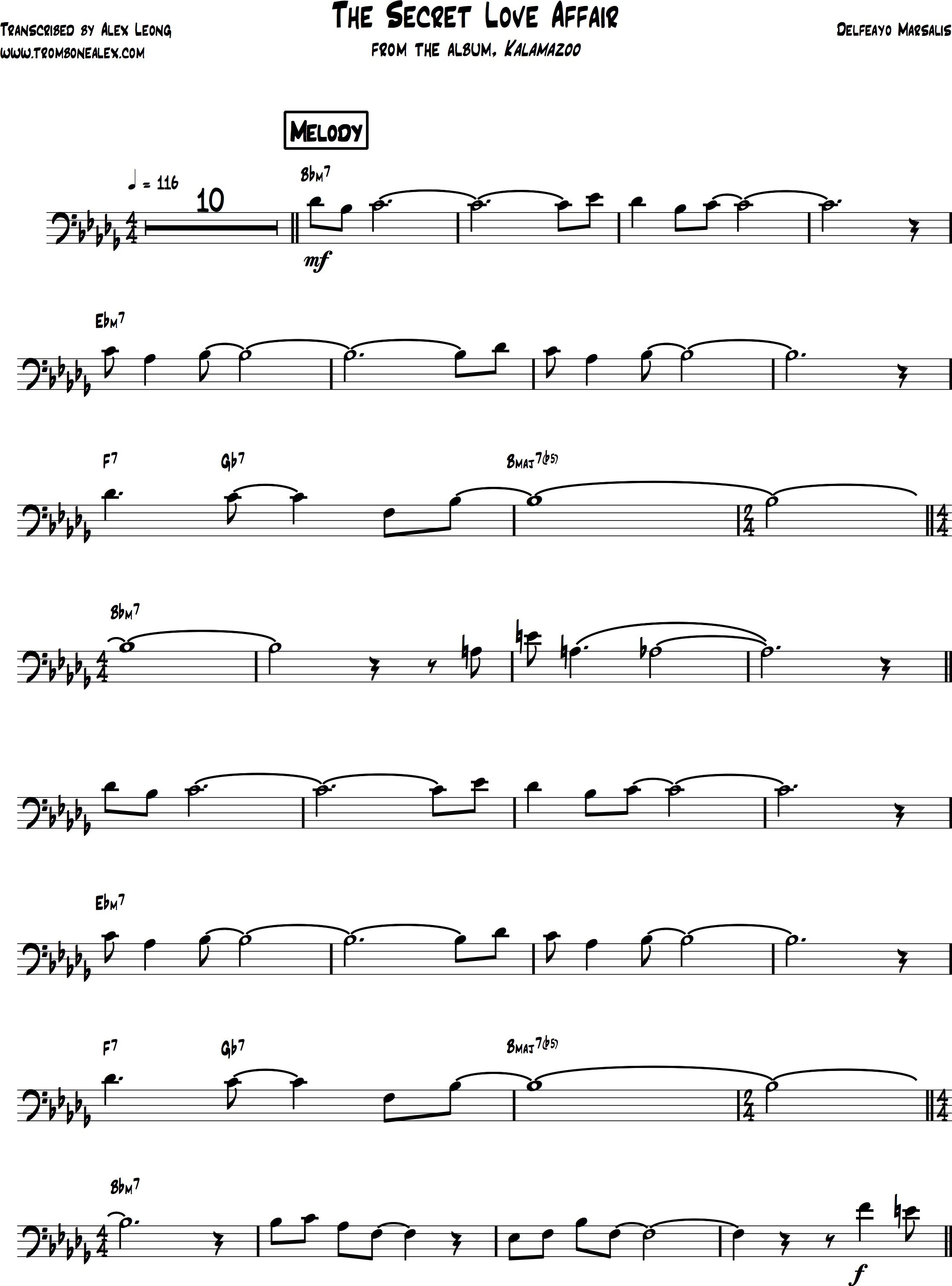In his attempt to bridge the early and modern traditions of New Orleans jazz, Delfeayo Marsalis approached “Do You Know What It Means” with the intellectualism of bebop to reveal the depth and complexity of African-American traditions.
Read MoreMarsalis invited the students to join him in a blues jam, or what the album liner notes describe as “a lesson in democratic cooperation.” After agreeing on a key and form, he guided the group through the process: vocal solo, trombone solo, trading phrases, and riffing together.
Read MoreMarsalis was echoing the sentiment of his former bandleader, drummer Elvin Jones, who adopted the tune as a theme song, according to the Kalamazoo liner notes - that rhythm and blues are the ice breakers in the jazz conversation.
Read MoreWhile the music honors those who persevere through the trying confines, the live performance captured on the 2017 album, Kalamazoo, demonstrates the musicians’ in-the-moment effort to make the work appear to be effortless.
Read MoreMarsalis’ use of the Harmon mute alludes to the “Toots” Theilemans sound and the playfulness of Spike Jones, however it is his wah technique that reflects the blues that may have originally inspired Joe Raposo’s work.
Read MoreThe proceeding interaction between father and son, Ellis and Delfeayo Marsalis, is so playful that it becomes difficult to hear exactly who is leading and who is following - it is a musical flirtation between two life-long admirers of each other.
Read More“Autumn Leaves” is a prime example of modalism, utilizing a diatonic harmony with a melodic-minor phrasing - in other words, it plays safely by the rules of music theory
Read MorePrivileged groups like the New Orleans Rhythm Kings had access to recording studios and publishing companies, thus establishing “Tin Roof Blues” as an early jazz standard.
Read More






